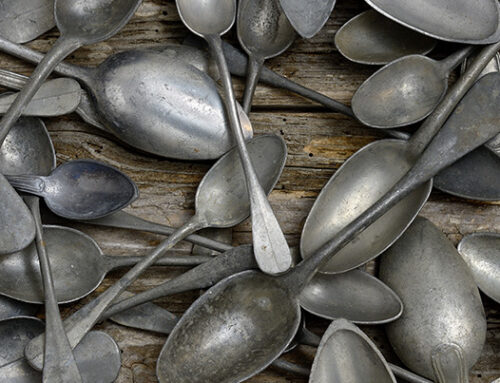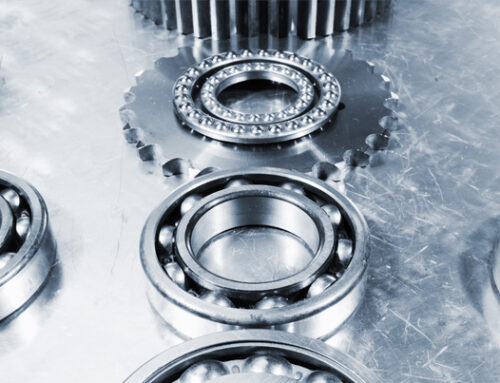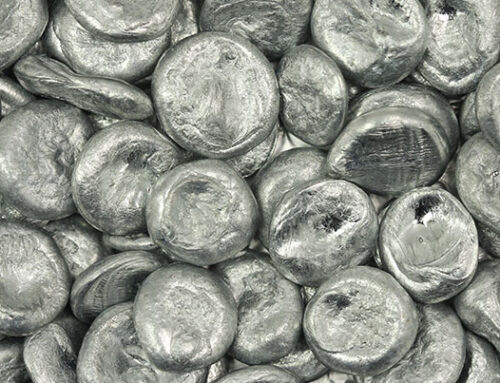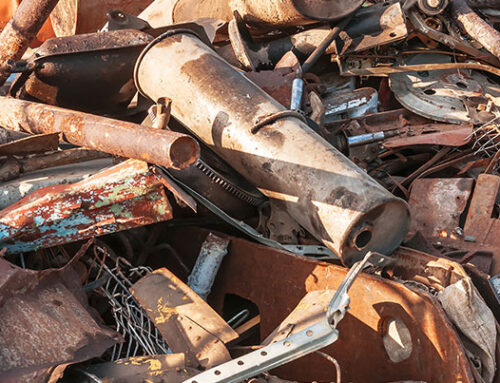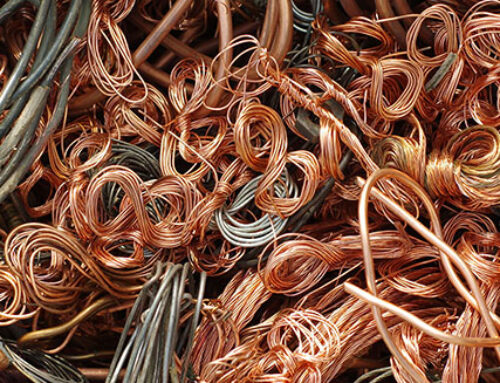Did you know that aluminum used to be considered such a rare and precious commodity that Napoleon Bonaparte’s nephew, had a rattle and other toys made of aluminum, as a status symbol? Even though aluminum is the third most abundant element in the Earth’s crust, at the time it was extremely difficult to produce. In fact, aluminum was selected as the material to use for the 100-ounce capstone of the Washington Monument in 1884, a time when one ounce cost the daily wage of a common worker on the project. The capstone, which was set in place on December 6, 1884, was the largest single piece of cast aluminum at the time.
When you think of recycling, aluminum cans are often the first item to come to mind. It makes sense, since aluminum cans are perhaps the most sustainable beverage container available. Not only are they extremely lightweight and easily stacked (try stacking glass bottles!) for efficiency in transport, but they are easily reclaimed. According to the Aluminum Association, approximately 70% of every aluminum consists of recycled aluminum.
Here are some additional facts about aluminum cans that you might not have known:
- More than 50 percent of the aluminum cans produced is recycled.
- A used aluminum can is recycled and back on the grocery shelf as a new can in as little as 60 days.
- Every minute, an average of 113,204 aluminum cans are recycled.
- Recycling one aluminum can saves enough energy to keep a 100-watt bulb burning for almost four hours or run your television for three hours.
- Tossing away an aluminum can wastes as much energy as pouring out half of that can’s volume of gasoline.
- Aluminum is a durable and sustainable metal: Two-thirds of the aluminum ever produced is still in use today.
Other types of aluminum, such as siding, gutters, car components, storm window frames, and lawn furniture can also be recycled.
At Encore Recyclers, we take the aluminum cans and form them into bales using a specialized piece of equipment. These bales are transported to a treatment plant, where the aluminum is sorted and cleaned ready for reprocessing. In the first step, bales of aluminum cans are shredded into pieces by a 1000-horsepower shredder. The shreds are then passed through a double magnetic drum separator to remove any steel contaminating the bale.
Next, any lacquer or paint on the aluminum is removed by blowing hot air through the shreds on an insulated conveyor belt.
Then, after the shreds are cleaned of lacquer and paint, they are fed into a furnace. Inside the furnace is a stirring mechanism that creates a vortex in the pool of molten aluminum and drags the shreds to the bottom. This process rapidly melts the aluminum shreds and produces a high-quality end product.
This molten aluminum is transferred to a holding furnace and treated to remove impurities before the casting process. The holding furnace is tilted and the aluminum is poured into a casting unit to create ingots. Any microscopic, non-metallic particles or gases that remain are removed in a two-stage process and tested for chemical composition and cleanliness at each stage. When finished cooling, the result is a multi-ton ingot that can contain as many as 1.5 million used cans. These ingots are shipped to a mill for rolling into sheet metal that can be used to produce new aluminum cans, starting the process over again.
Do you have a quantity of aluminum cans you would like to recycle? Encore Recyclers offers the best prices for your scrap metal in Dallas! Bring them in and our friendly, knowledgeable buyers will be happy to assist you. Contact us today!



